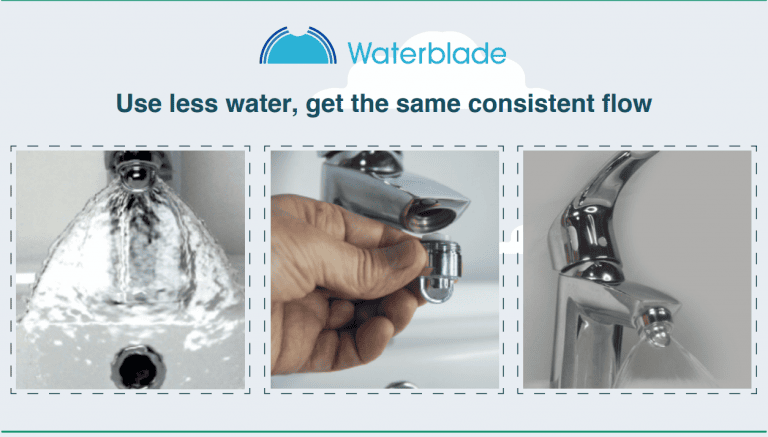Vacuum drainage toilets
Vacuum sanitary drainage for buildings to significantly reduce water consumption.

Problem Addressed
How to ensure:
- Building and per capita reduction in water consumption (80% reduction in water use for toilet flushing), as a response to risk of water shortages in England/UK.
- Energy savings for external water supply networks generated by the reduced demand in buildings.
- Energy savings for wastewater collection/pumping/treatment and processing (reduced discharge rates from buildings).
- More efficient implementation of drainage systems in Retrofit Projects.
- Reduced aerosol from toilet flushing thus reducing spreading of viruses and bacteria
Case Study
A copy of a report generated by an M&E and BREEAM Consultant and summarising the benefits of vacuum drainage can be found here
Facts and Figures
80
%
This page presents data, evidence, and solutions that are provided by our partners and members and should therefore not be attributed to UKGBC. While we showcase these solutions for inspiration, to build consensus, and create momentum for climate action, UKGBC does not offer commercial endorsement of individual solutions. If you would like to quote something from this page, or more information, please contact our Communications team at media@ukgbc.org.
Related
Smart Blue-Green Roof
Bruntwood Works’ Bloc is home to a smart blue-green roof system which is part of a climate and water resilience research project.

Platform for leak detections and water analytics
Intelligent real-time monitoring to identify sources of leaks and waste preventing damage, reducing consumption and cutting the resulting carbon emissions.

Ultra-low discharge storm attenuation device
An ultra-low discharge storm attenuation device.

Tap nozzle for reduced water use
A water saving device that saves 50% on water costs and 30% on energy costs

